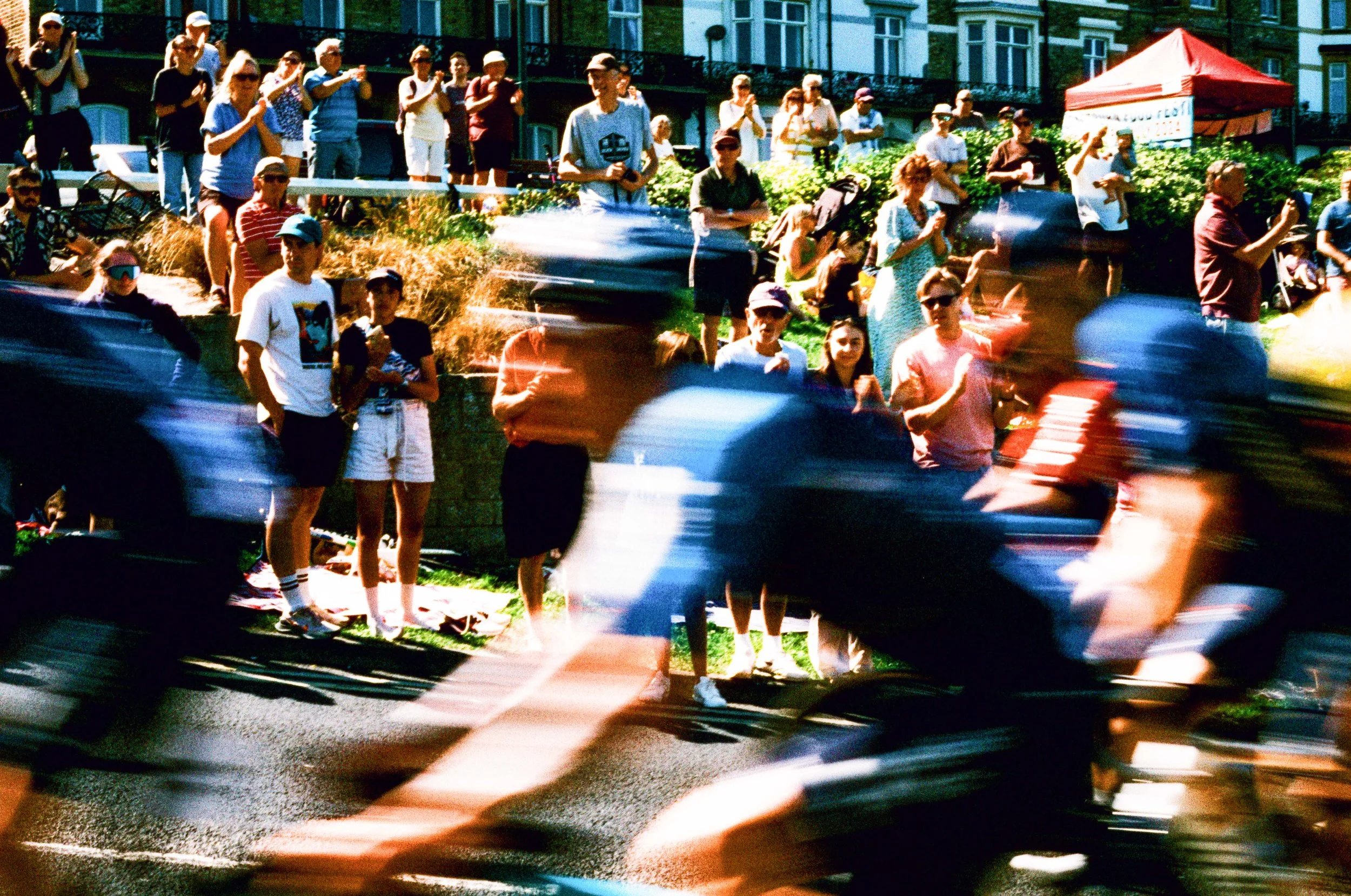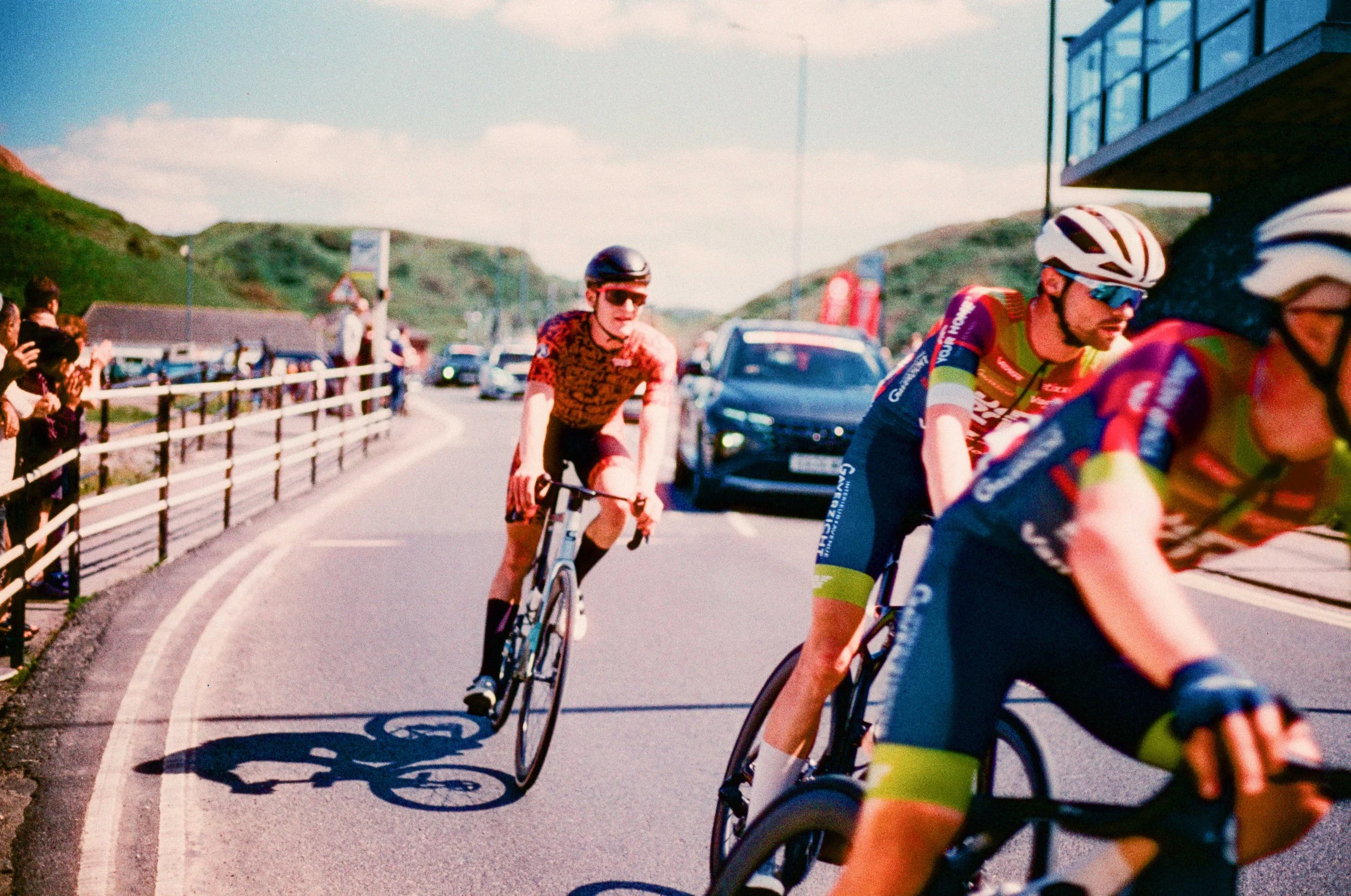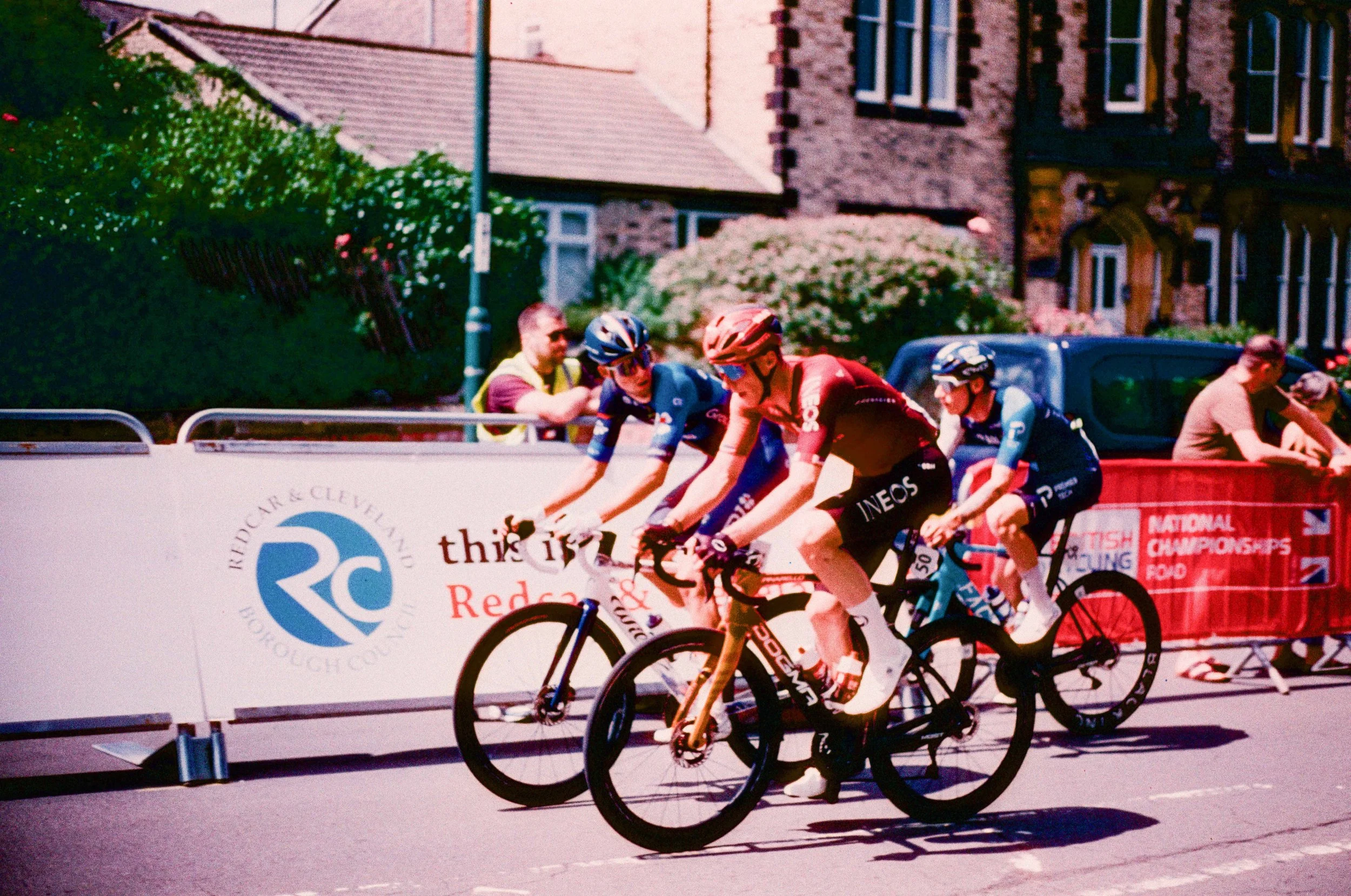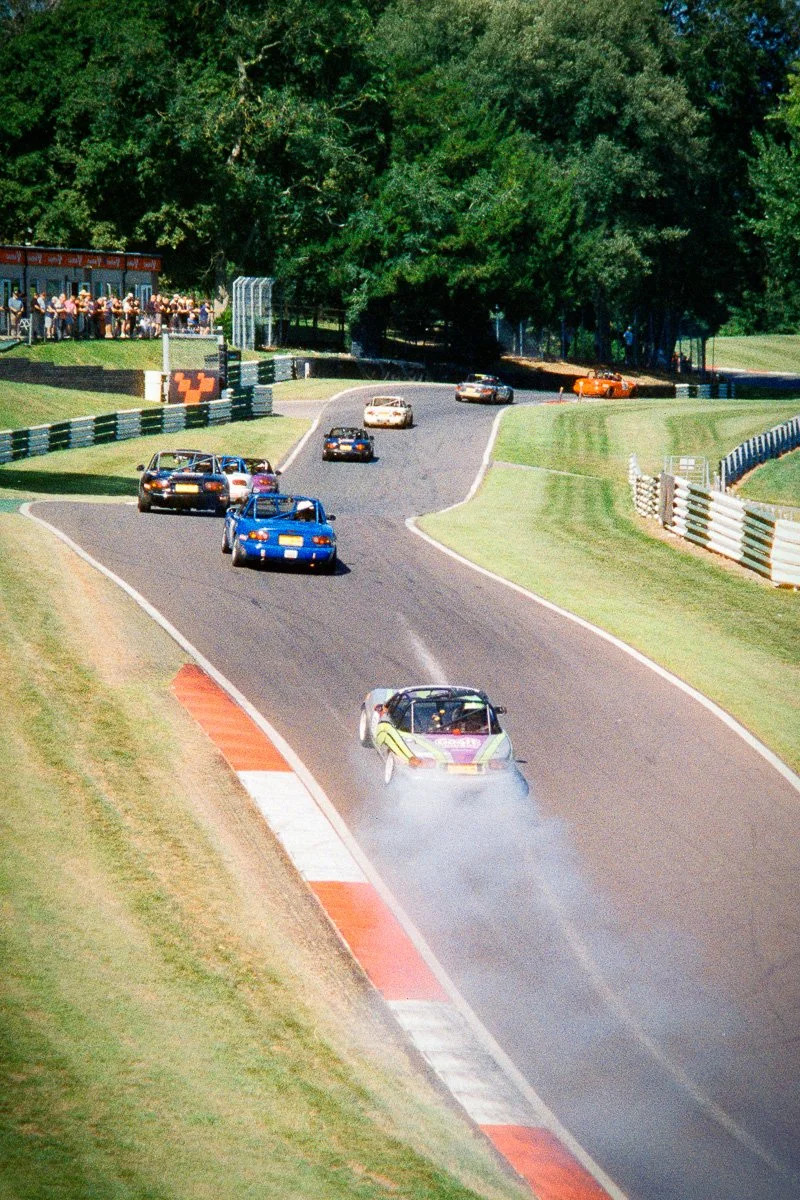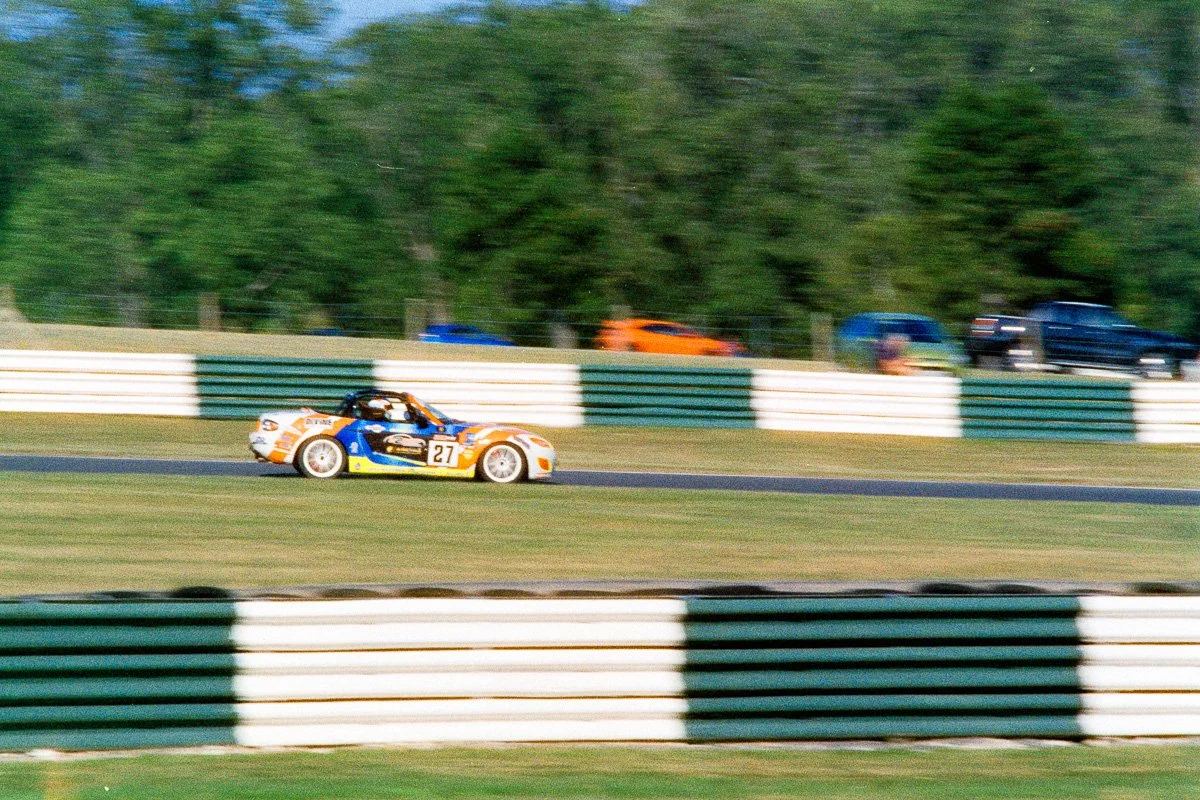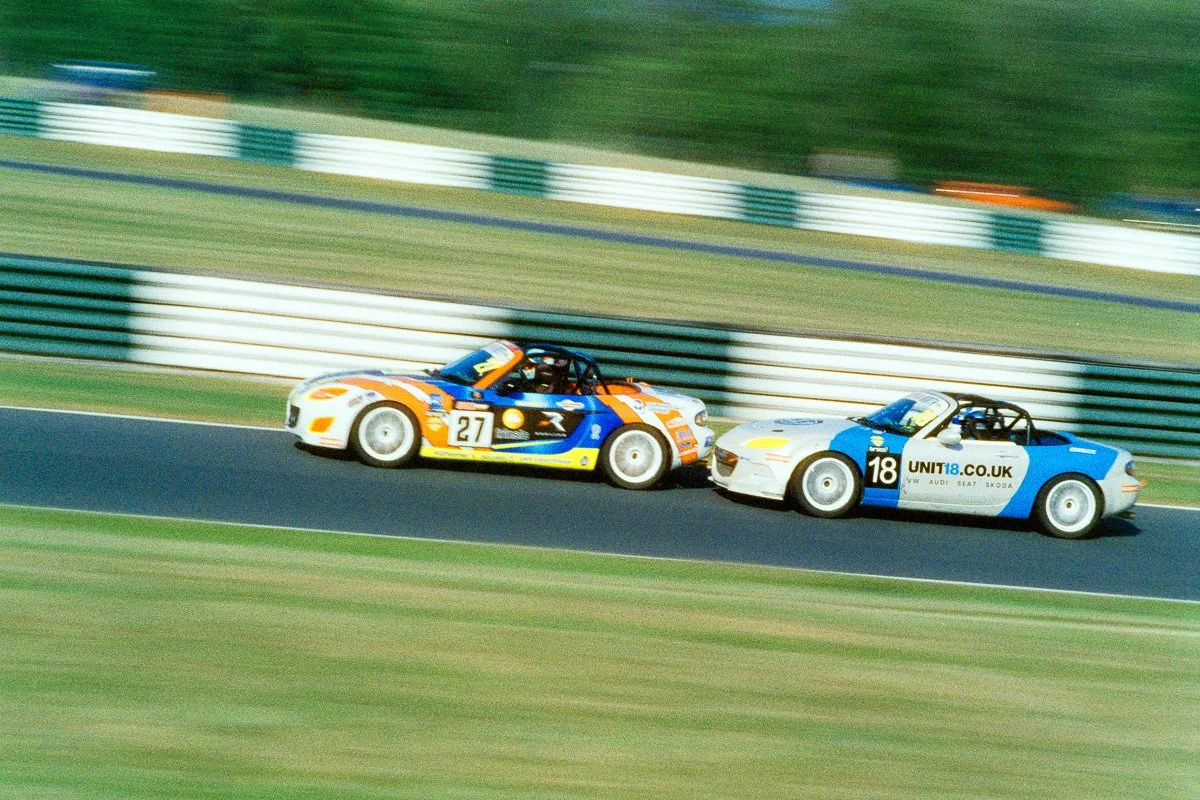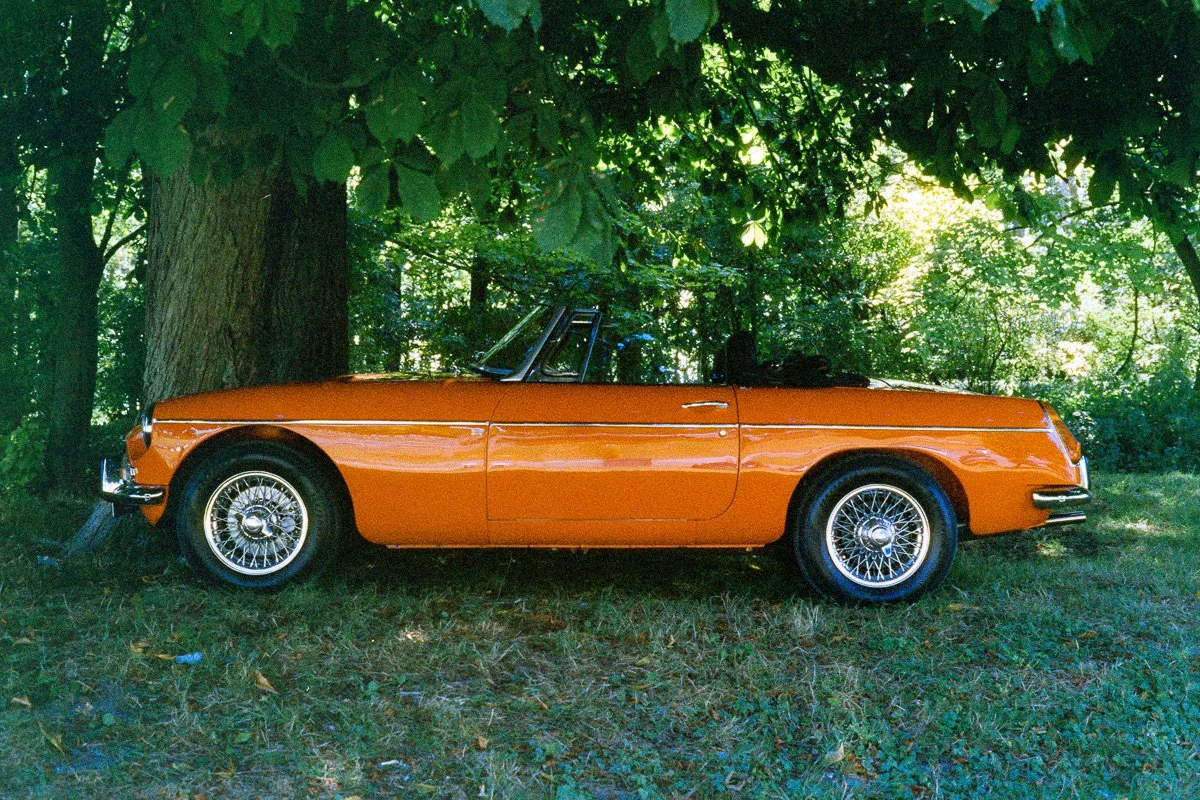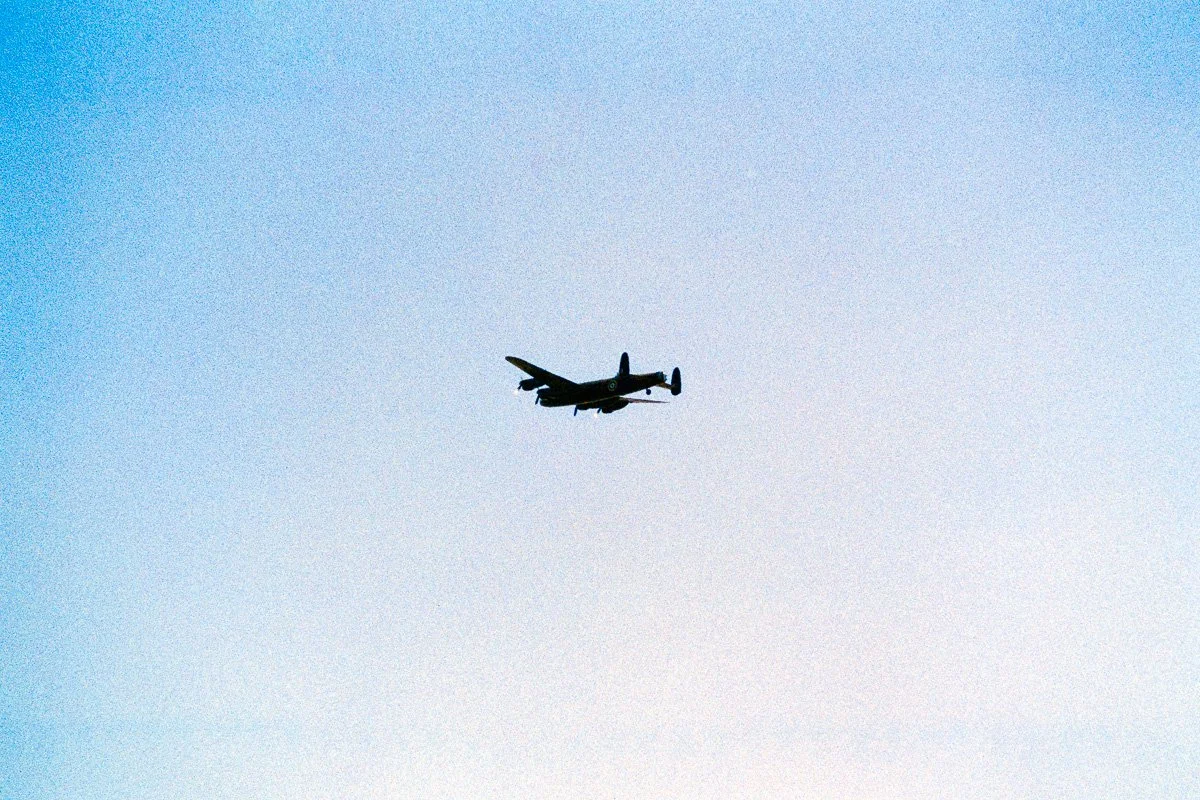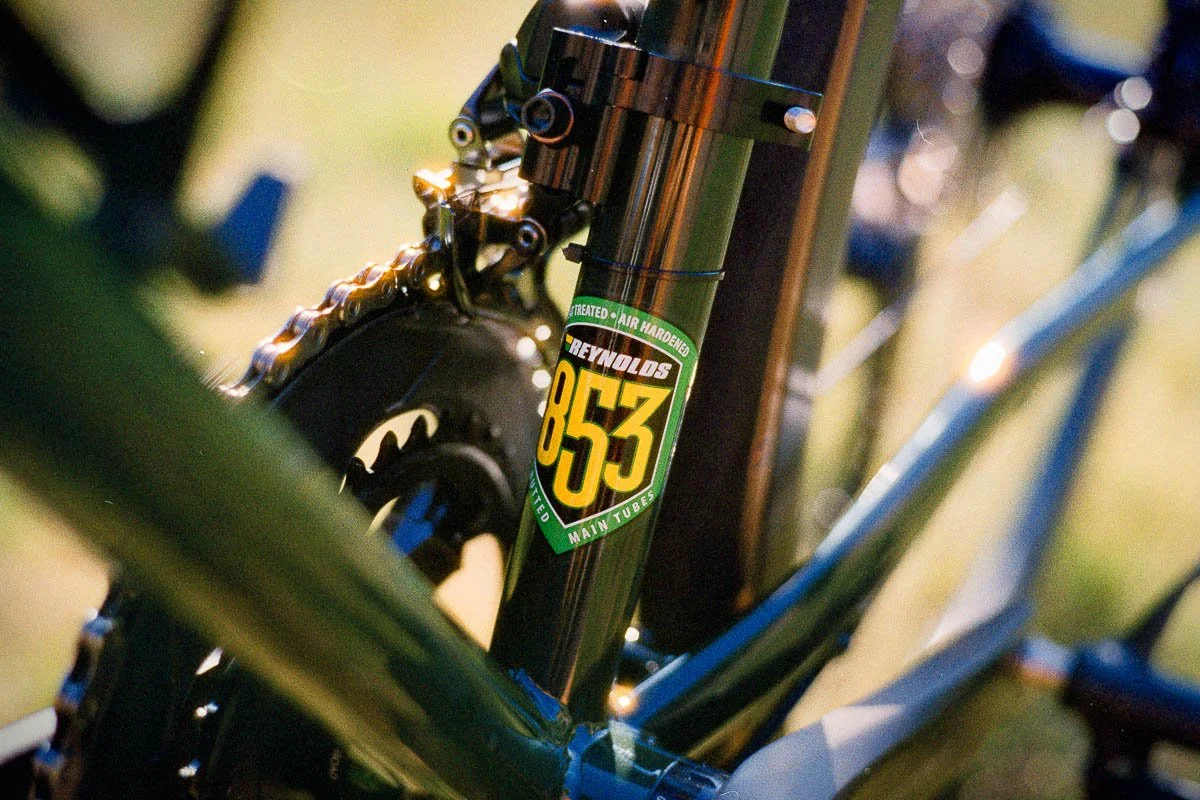Harman Phoenix II 200 Colour Film First Impressions
In June 2025 Harman Photo announced an all new version of their Phoenix 200 colour film, promising a complete redesign with all new emulsion, dye and layering resulting in improved contrast, grain, and sharpness.
I managed to get my hands on a couple of the first rolls available in the UK and although it’s taken me a couple of weeks to shoot with it, I can now share my first impressions.
Original, Experimental Film
The original Phoenix film was launched in 2023 as the first colour film ever created from scratch in the UK and quickly gained a reputation as a bold, ‘experimental’ film with strong contrast, punchy ‘warm’ colours, prominent grain and a signature red halation of highlights. In practice this meant a very unique look to photos, strongly saturated reds, cooler blues and, I’ll be honest, mixed results at least in strong sunlight.
I shot the 2024 National Road Race Championships in Saltburn on Phoenix 200 and found the film struggled with the very strong direct sun which I associated with the ‘halation’ effect the film displays with highlights. Some exposure anomalies and the very distinct colour ‘cast’ left me confused by the results and not confident with it’s use.
I enjoy the unique styles of film though and so Phoenix always stayed at the back of my mind.
A Whole New Film
Reading the description of Harman’s new Phoenix II sparked my interest again - cooler more refined colours, finer grain, a more forgiving emulsion but with the retention of the halation of highlights - worth a second look!
I was keen to shoot my first roll in similar conditions so when I had the chance to shoot motor racing at my local circuit, Cadwell Park, and on a very bright, sunny day I packed the Phoenix II.
First Impressions
Once my film had been processed and scanned, even before I looked closely, I could see colours were more ‘natural’ and exposure across the entire roll was much more consistent, even with shots captured at different locations and in different lighting conditions. Harman state on their website “Scanning is also improved at default settings, and the final look will vary based on the scanner used” and I’m still discovering how scanning has a huge effect on the final image, I did make a small adjustment in my workflow for the Phoenix II to ‘tweak’ the colours a little to produce more natural tones.
I also noticed that the film still has a distinctive grain which I was a little bit surprised at to begin with, I was expecting a much finer grain. Overall I was excited by what I was seeing, consistent, natural colours, good exposure in a range of conditions and plenty of detail.
My first shots were in strong, mid-day sunshine but, unlike my experience with the first version, results were well balanced, consistent and retained detail throughout.
Phoenix II still retains a unique colour characteristic which is what I most love about shooting a range of colour film, it’s punchy, bold colours, retaining (but toning down) warm reds and cool blues, produces a pleasing effect. The first photograph, of car no.45 hints at the retained halation of highlights, more to come on this…
This bright red MG was parked beneath a large tree, in complete shade, and offered the opportunity to test the consistency of Phoenix II’s exposure and colour rendition.
It illustrates the film’s cool blues and greens whilst still retaining the strong red.
During the afternoon the Battle of Britain Memorial Flight’s Lancaster flew over the circuit taking us by surprise as I only had a 50mm lens fitted but still grabbed a shot as it passed. Demonstrating the film’s grain structure and cool blue again, I was impressed by the dynamic range captured in this shot, despite being silhouetted there is still lots of detail retained in the aircraft, note the RAF roundel on the fuselage. This shot also demonstrates again the halation of highlights, spot the reflected sunlight off the tips of the propellers.
Finally I tested the film with some detail, product shots in bright sunshine again. With a need to render accurate colours these are the shots I tweaked slightly, especially needing to adjust the colour temperature of the first shot to recover a more natural look. I was impressed again with the overall subtle warmth of the shots, the level of detail retained and the dynamic range captured. These shots also perfectly demonstrate the halation, especially apparent in shots 2 and 3.
Overall I’m really impressed with the all new Phoenix II, personally I find it much more useable and confidence inspiring, with strong colours and contrast, a very analogue look with it’s warm and distinctive tone and it’s characteristic halation.
It’ll not be as long before another roll of Phoenix is loaded into my camera.
All photos shot on Phoenix II 200 colour negative film with Olympus OM-1, 50mm & 75-150mm lens.

